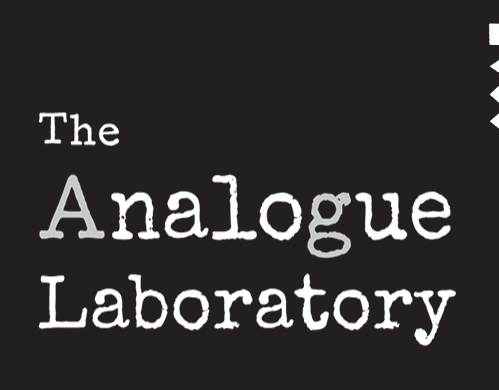
Introduction
Why would you want to make your own developer? There’s plenty of perfectly good developers that you can buy right off the shelf. Well! There’s two good reasons
- The history of photography is a long one, littered with thousands of chemical recipes that do different things. Many of the popular formulas from years gone by simply aren’t in production anymore. Books like Anchell’s Darkroom Cookbook have gone a long way in reviving our interest in these old recipes.
- It’s pretty fun
If you’re interested in dipping your toes in making your own chemistry, PaRodinal is an excellent place to start – it requires only basic equipment, the chemicals aren’t especially exotic or hard to obtain, and the formula is a simple one. This developer is based on Paracetamol, Sodium Sulphite and Caustic Soda.
Chemistry
- There are a lot of different options out there for Paracetamol. There are Coles, Woolworths and Black and Gold Homebrand versions that will each work just fine. Chemist Warehouse sell Panamax in 100 tablet packs for only a couple of dollars.
- It’s important to note that paracetamol tablets are mostly filler – each tablet is 0.5g of Paracetamol mixed with other things to make up the bulk of the tablet. These fillers are called Excipients, stuff like Gelatin, Starch and Wax. Every brand will use slightly different excipients, and we’ll want to filter them out.
- Sodium Sulphite is also called Sodium Sulfite – it’s the difference between American and English spelling.
- What you dont want is Sodium Sulphate – that’s an entirely different chemical.
- You can Purchase Sodium Sulphite locally at Ace Chemicals or ASIS Scientific – check out our Analogue in Adelaide page for more information.
- Sodium Hydroxide is Caustic Soda – you can get this at Bunnings. Handle with gloves and wear goggles – it will burn your flesh if it gets on your exposed skin. Yeah, nasty stuff.
- Adelaide tap water sucks. You can buy demineralised water at Bunnings as well, or distilled water from the supermarket. You can find distilled water in the laundry section, used for ironing.
- Distilled water is condensed steam.
- Demineralised water uses ion exchange filtering, reverse osmosis and other mechanical processes to purify water.
- Both are heaps better for making chemistry than tap water, which has all kinds of stuff in it that will interfere with your science.
Equipment
- You will need scales that can measure accurately in grams – the cheap digital kitchen scales you can purchase at Kmart or Target for $10-$15 will work just fine for this recipe. Even better would be some very precise digital scales that can measure down to two decimal places – Jaycar sell a nice set.
- You can use your scales to measure water – 250g of water = 250ml.
- You need to mix this solution in a glass container. A plastic container wont stand up to the Caustic Soda. A glass beaker, such as those sold by Wiltronics (the 500ml borosilicate is our favourite) is perfect, but an old jam jar will do in a fix.
- A chemical mixing paddle is a great investment – these are often made of special chemical resistant plastic and allow you to crush difficult to dissolve particles. Otherwise a glass stirring rod or stainless steel spoon will do the trick.
- You will need a funnel and cotton balls for filtering.
- Caustic Soda is dangerous. You will need to wear nitrile gloves and goggles.
- You will need to store the final solution in a closed glass bottle. A reagent bottle is just the thing, but whatever you can find of an appropriate size and material will do.
- Label all chemistry clearly. Unlabelled chemistry is inherently dangerous. This is especially true if you’re repurposing old food or drink containers for chemistry.
Recipe
[table id=3 /]
Source: This recipe is courtesy of Donald Qualls’ extensive research.
Again, mix the solution in a glass vessel.
- Dissolve the 30 tablets in the 250ml of water. You can crush them with a mortar and pestle to speed the process, but they will dissolve just as well with patience.
- Wedge a cotton ball in the neck of a funnel. Filter the cloudy Paracetamol solution into a glass vessel. This will remove the cloudy white filler material used to make up the bulk of the tablets, and leave the paracetamol in solution. This part may take a little while.
- Add the 50g of Sodium Sulphite to the filtered solution. Stir to dissolve.
- Add the 20g of Sodium Hydroxide (Caustic Soda) to the solution. Stir to dissolve. Warning: this is an exothermic reaction – as the Caustic Soda dissolves it will heat up noticeably.
- Decant into the final storage container and allow to stand for three days before use.
How to use
Use as per Agfa Rodinal – You can reference the Massive Dev Chart for development times.
